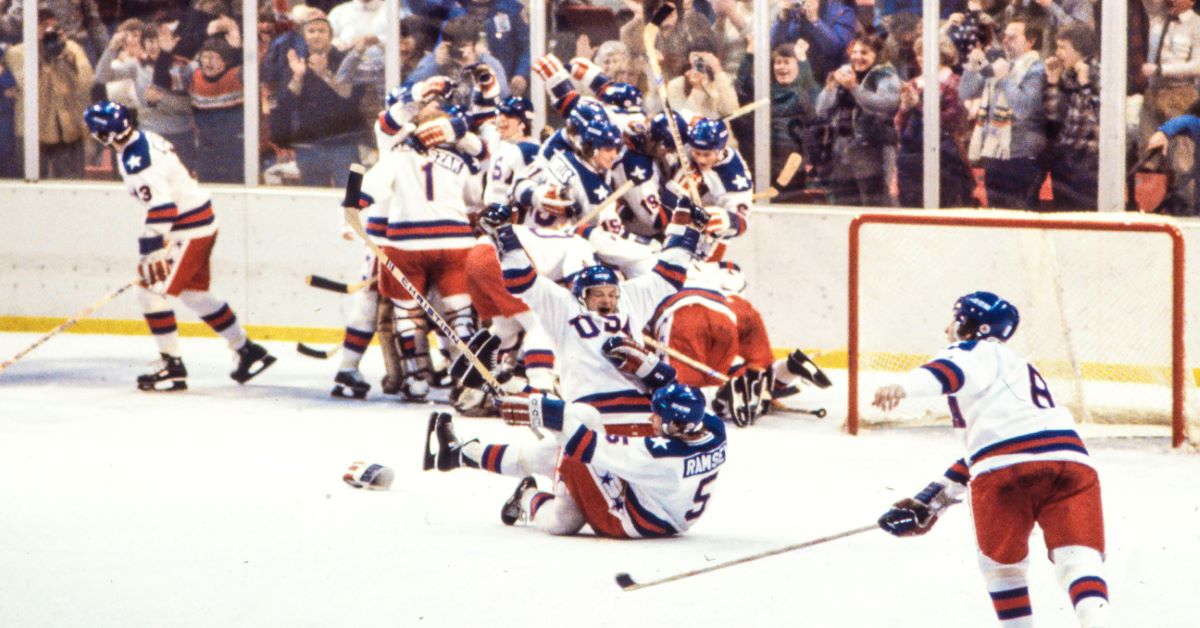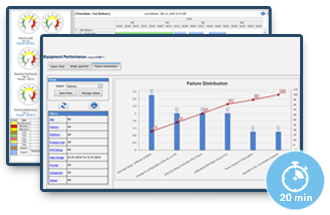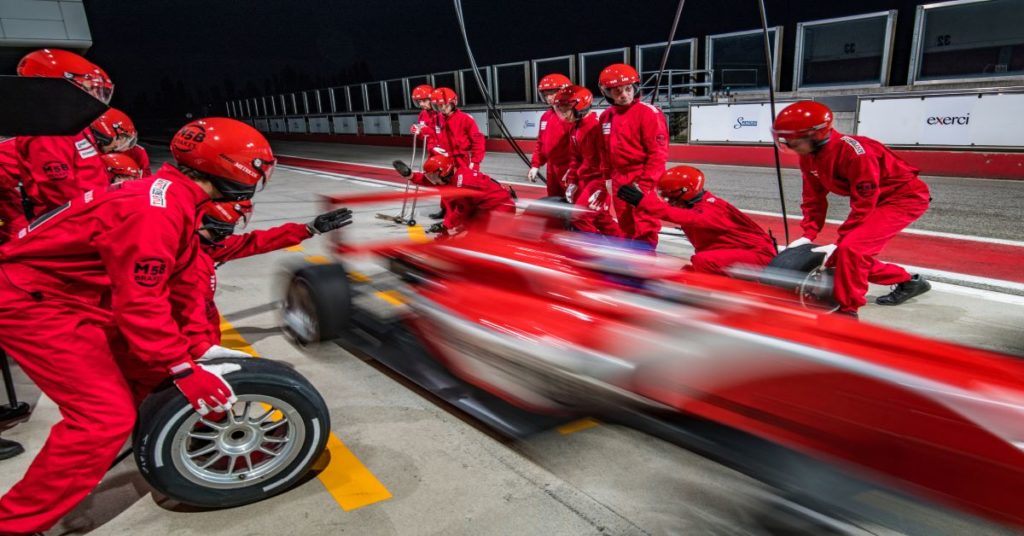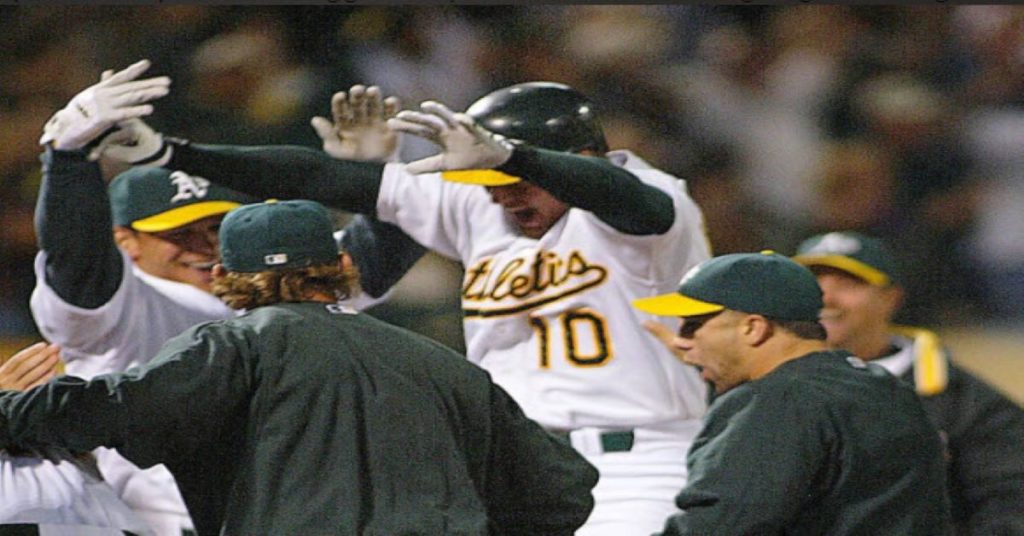

In the asset management game, most solutions are focused on technology often at the exclusion of the asset management team and their customers. Just as the musician’s skill has a huge impact on the musical performance, such is also the case with asset management. It doesn’t mean that tools aren’t important, they are, but by themselves, they deliver only common results. When teams are ready, willing, and able to change their mindsets, join the team and its mission, and have excellent tools they can produce amazing results.
- They increase asset utilization 4X
- They increase availability by 50%
- They reduce supports costs by 50%
- They increase the speed of the processes they support by 2X
How do you know if your team is ready?
Threats, Obligations, and Opportunities Make us Ready and Willing to Change. They Don’t Make us Able, We Need Help With That.
Herb Brooks used the opportunity to play on the US Olympic Team and the threat of being cut from the team to obligate his team to the actions he thought necessary to win. Obligations to take care of our families financially can motivate us to excel in our careers. The 4th Industrial revolution brings with it a whole series of new threats that some understand but most still don’t. These threats, not real to everybody yet, are why so many corporations have initiated transformation efforts.
Some threats, like the Corona Virus, are more real because the consequences are almost immediate and can be pretty significant for our livelihoods. In the case of the Corona Virus, we may not contract it, but the threat of contracting it and the actions we must take as a society to avoid significant harm are having an immediate impact on our social structures and institutions…and on businesses where we all make our livings.
The pandemic has exposed glaring weaknesses in contemporary asset management solutions that, while an opportunity for improvement, quickly become a threat if your competitors solve them and you don’t. We write about them in-depth in, “The Pandemic Has Exposed Common and Costly Asset Management Failures.”
The Pandemic Exposes the Threats and Costs That Result From Hoarding
When equipment is needed to sustain or save a life the consequences of not being able to get that equipment can be devastating. We see people, with all good intentions, hoarding equipment “just-in-case” they need it and requesting it earlier and for longer durations than is required. This is a problem
While we often don’t deal with life and death situations in business, hoarding is still a problem. Hoarding is a silent killer of competitive advantage in the 4th Industrial Revolution. It prevents work from getting done and/or makes that work more expensive and costly. Hoarding is a habit that transcends equipment and includes hoarding of ideas, knowledge, services, and labor. It kills innovation and is capable of grinding processes to a halt. It shows up on your bottom line, but it does not have its own separate line item. Nobody is managing it. This must change.
Once we are Ready & Willing, Able Becomes Possible!
Knowing there is a good reason to change (being ready) and engaging or investing in the learning or skills required of change (being willing) doesn’t mean you are yet able to perform. Performing to certain standards takes practice, repetition, and coaching. It means replacing bad habits with better ones and changing cultures. It is something that up until now the industry has mostly give lip service to. The lack of solutions and the constant reporting, for at least the last 15 years, that culture is the biggest issue with improvement/ operational excellence projects is the proof that we haven’t been ready and willing to take it on.
Handing someone a baseball bat and glove doesn’t make them a great baseball player. It doesn’t even make them a mediocre baseball player but with practice, coaching, and playing with other equally serious players (strong team culture) improvements do happen. Baseball players and business teams must make investments in their future.
Willingness Doesn’t Mean Ability. Beware the Well-Worn Path
Paths that are worn through the woods are the result of people or animals that developed a habit about how to get from one place to another. Once it’s worn, it’s easier to travel and requires no thinking along the way. The challenge we have is that the places we are going we’ve never been before and many of the paths we’ve worn will lead us in the wrong direction if we aren’t thoughtful. Most people will need help thinking about and choosing which paths to take by the people who are already blazing them successfully.

I once had a customer arrive very late for an 8:00AM meeting with me. When she arrived she apologized. She told me as she got into her car her phone rang and it was her boss pushing her for something later in the day. While on the phone she traveled the well-worn path most of the way to the office without thinking. She remembered as she got close to the office that she had to pick up her dry cleaning before work as she was headed to the airport right after work. Her trip back to the dry cleaner resulted in her being late for the meeting with me.
As we met that morning we spoke about the ability of her team to hit their goals. She told me they all understood the situation and were very willing to “do what it will take” so “culture change” wasn’t an issue. This presented a great opening for me. I asked her if she had been unwilling to be on time for our meeting. She said she was not unwilling and very tersely told me she had already apologized. I let her know I accepted her apology but that her story highlighted the point I’d been trying to make with her. Willingness does not mean ability. Successfully dealing with cultural issues means replacing old habits with new habits and the stories that make them memorable.
Jack Welch Used to Push us to Blaze Better Paths!
We work with people and companies who truly believe they can do better and won’t be satisfied with small incremental changes. They know the time is coming fast where competition could harm their business. They aren’t complacent. They are already ready and willing, we work with them to make them able.
I remember as a young employee at GE hearing our CEO Jack Welch say, “If you move from 7.7 to 7.9 inventory turns that’s ok but it won’t make a significant difference to anyone. Go from 7.7 to 15, that would be great. If you only hit 12 that’s still better than 7.9.” Jack used to call this “stretch”. Customer teams we work with believe in “stretch”. They are ready and willing to stretch and they know why.
Threats That Have Driven Our Customers’ Willingness to Blaze New Paths with Our Help
The threats were always driven by competition, whether external or internal, and whether fighting over sales or fighting over resources. Our customers (the people) are always looking to make their company successful so they can thrive as a member of the team to take care of their family. Confronted with some of the threats below, our customers found help from us.
- Capital budgets were reduced to the business by corporate with no change to revenue targets. They had to do more with a lot less.
- Facilities maintenance issues caused the shut down of a significant portion of test capacity right before a peak in testing demand on important projects
- Executives were demanding speed, cost reduction, and increases to throughput but no one knew how to achieve those outcomes to the standards being demanded.
To drive change, executives require the skill to speak narratives that mobilize their employees into a different future. Sometimes it will be an immediate threat and sometimes it will be about opportunities that enable you over a longer period of time to avoid future threats.
Business Results that Saved the Day
In many ways, I feel fortunate that the path we’ve taken as a business to help our customers increase their competitiveness has also helped them in some small way to cope with our current circumstances. We didn’t plan that our offers and capabilities would be helpful in a pandemic but we did plan to help companies and their teams impeccably coordinate their assets and people to drive step-changes:
- 2X Speed
- 4X Utilization
- .5X Costs
Many Practices Can Be and Are Virtualized.
It turns out the culture change and software tools that enable the performance noted above can be virtualized.
- Engineers don’t have to hunt through labs to find assets, they know where they are located.
- They don’t have to physically touch an asset to know what it is capable of or if it is available and for how long. They can search by capability.
- They don’t have to talk to somebody or touch the asset to see if it requires calibration or if maintenance procedures are scheduled during the time it is needed. Service teams and their customers can coordinate on-line.
- Project timelines can be adjusted collaboratively online between the test organization and its customers optimizing flow and efficiency
- Simultaneously, the adjusted timelines drive demand for large assets (e.g. wind tunnels, engine cells) and small assets (e.g. data acquisition, analyzers, scopes) to highlight coming constraints and enable contingencies.
- The culture shift produced from hoarding/reactive to collaborative/resilient also makes communication more effective requiring less “face time” for negotiations and blaming.
There are always aspects that remain physical
There still are going to be times assets need to be touched and moved but there are many places that used to require physical touching of assets or hunting through labs or storage areas that are no longer required. When moving of assets is required, we have developed sanitization methods to reduce the potential transmission by way of the test instrument.
Request a Demo

See how Scireo aEAM Software drops asset and support costs by 50% while accelerating time-to-market 2X.
Relevant Content
Asset Management 5.0: Designed for Speed & Competitiveness
Accelerated Enterprise Asset Management (aEAM) is an award-winning software and services suite used by companies with complex, asset-intensive operations and demanding competitive requirements for better than incremental improvements to speed, agility, and cost-effectiveness. The same old solutions won’t work. This is where Scireo aEAM comes in oto help transform your business. The Results with Asset…
Is Your Team Ready for Its Moneyball Moment?
New competitive requirements for speed and efficiency are driving companies to rethink the way they operate to avoid existential threats. In a moment of similar significance, the Oakland A’s baseball team needed a new, more competitive, and transformative strategy. The strategy they invented, dubbed “Moneyball”, succeeded wildly in outperforming traditional management approaches producing results 500%…
Case Study: Aerospace Company Drives One Company Synergies
Like many aerospace companies, this one had many sites and different legacy cultures on each. See how they installed common resource management tools, increased utilization 3X and funded new programs.
Equipment Utilization Case Study: Broadband Service Provider
The company was growing double digits but needed to free up investment from operations for growth projects. See how they tripled utilization, freed up capital and resources to enable that investment.
Notable Quotes
“The 4X improvement to utilization, 2X improvement to calibration speed with vastly improved quality, 30% reduction in equipment obsolescence and 46% reduction in depreciation expenses meant our test operations were more reliable and cost-effective enabling us to invest in other important growth initiatives…Today most companies seem to understand the importance of addressing cultural issues as part of their implementation but not everyone knows how to do it effectively. In our instance, savings was driven by collaboration and sharing that we never thought possible before Sente.”
Sr. Vice President








